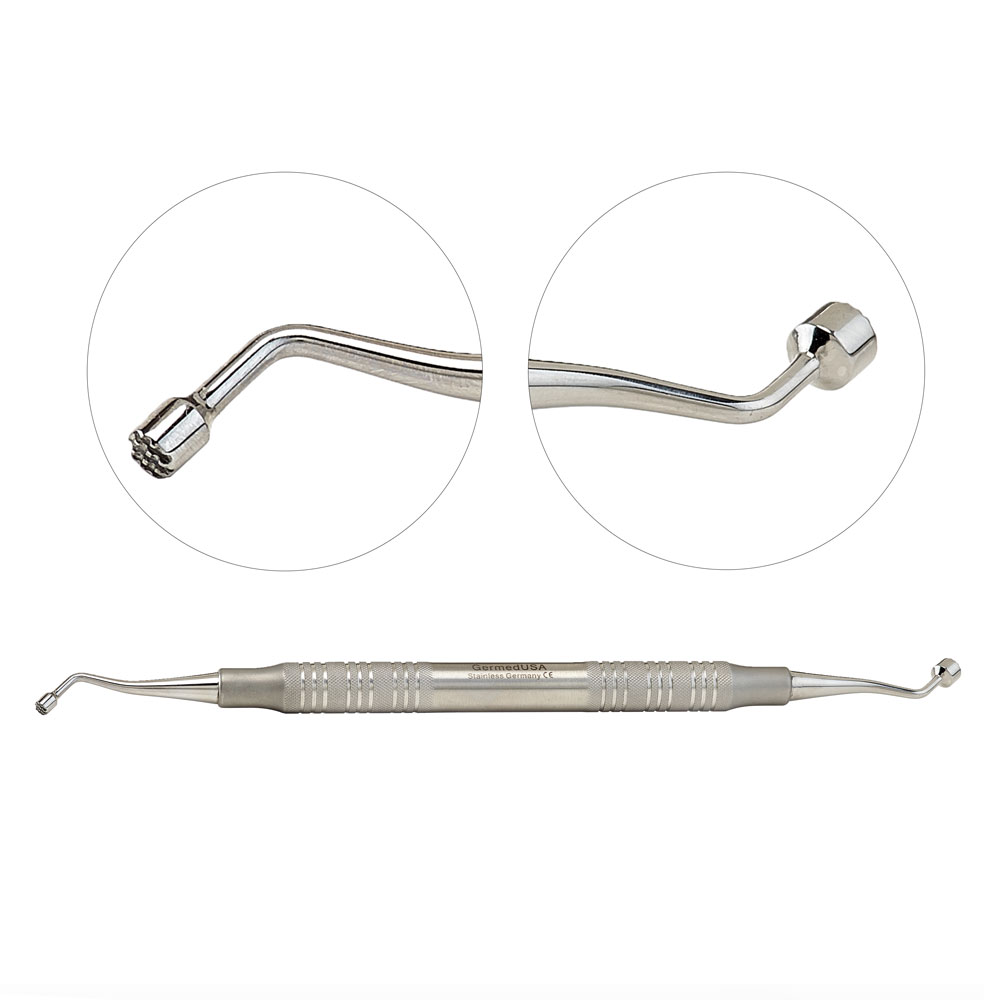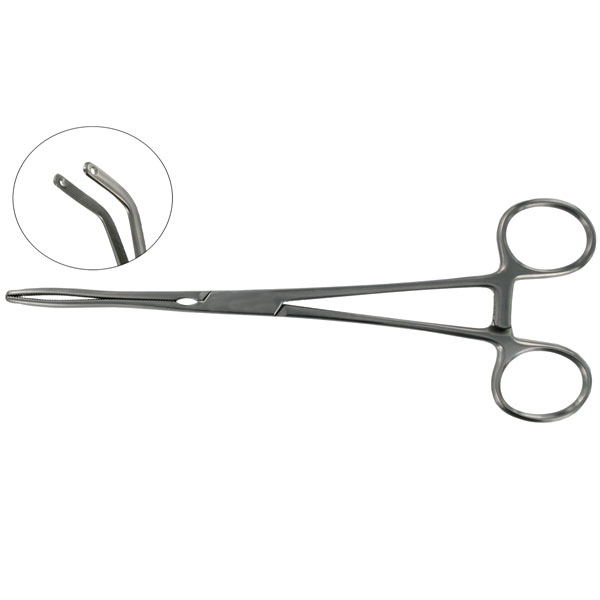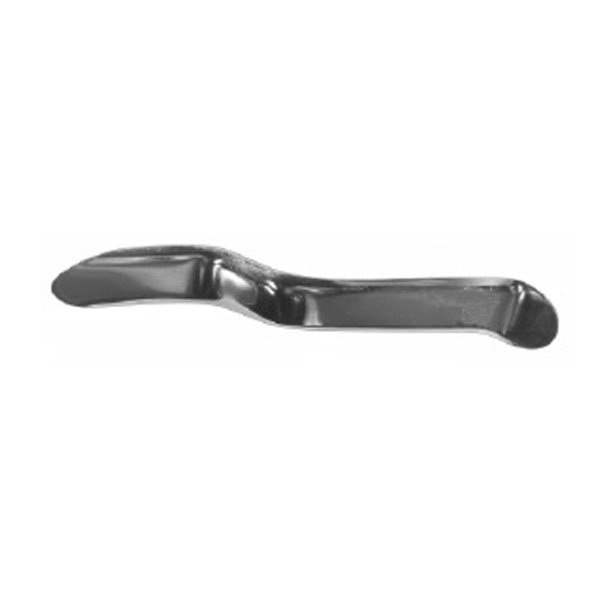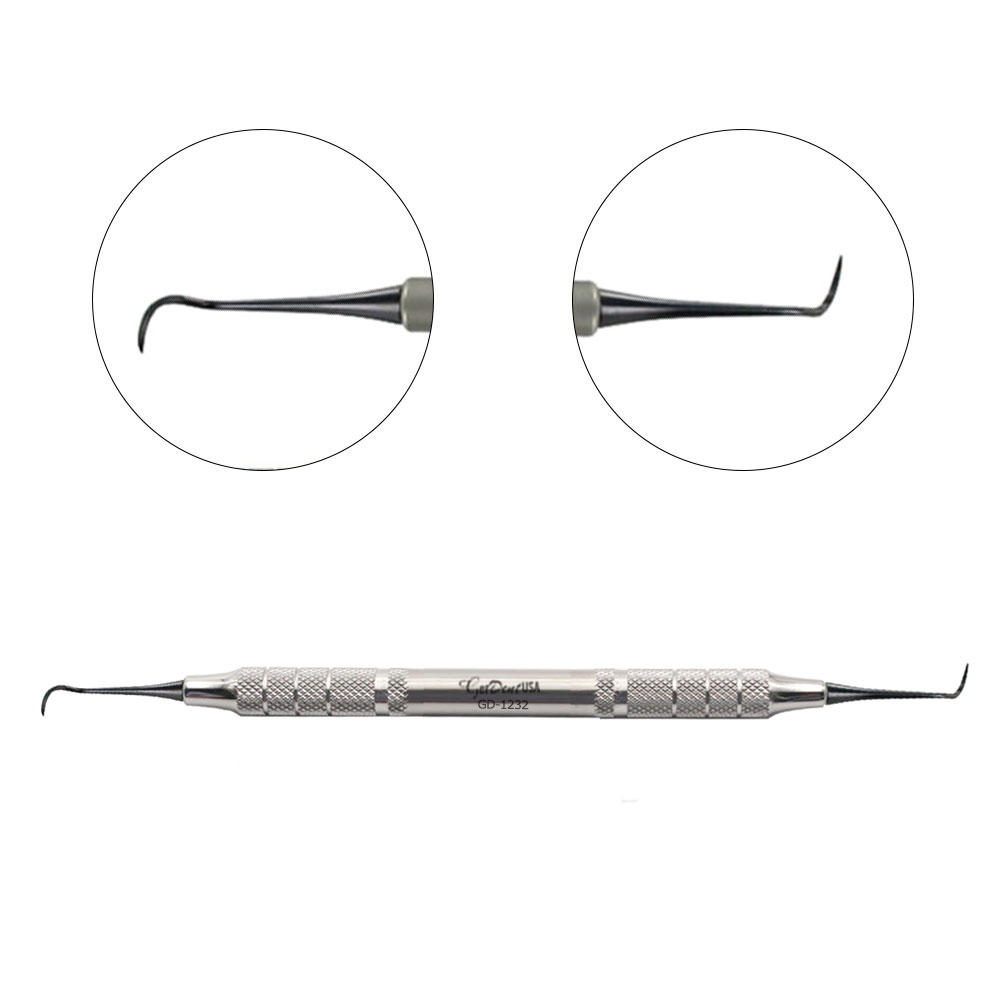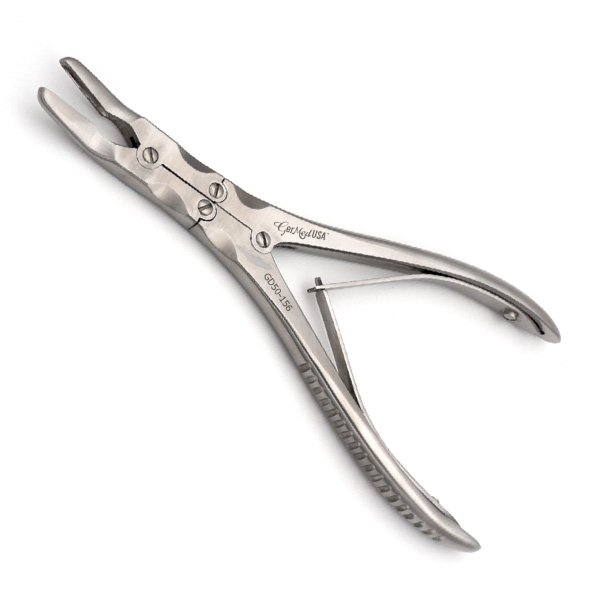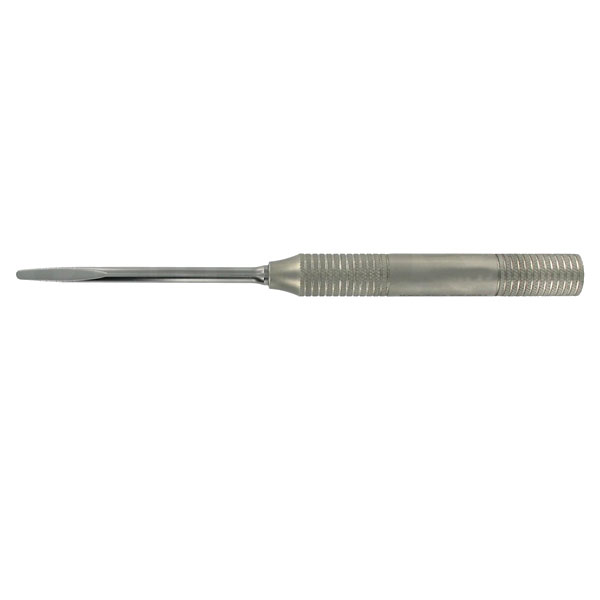Dental implants are replacement tooth roots. The implants provide a strong foundation for the placement of fixed teeth. There are numerous advantages for implants. They provide improved speech, make eating easier, and provide better aesthetics. Other than that, they also aid in improving self-confidence and are convenient.
Dental implants eliminate the need for removing replacement teeth again and again. These are screw-like fixtures that go inside your jaw bone to support a crown or a complete denture inside your mouth. This article focuses on Dental implant instruments, their design, and specifications.
Dental Implant instruments:
Instruments used for dental implants surgery are special instruments. These are versatile, durable, and polished to provide an aesthetic appeal for the operator. Dental implant instruments include bone packers, bone grafting forceps, calipers, and retractors. Curettes and scalers, Bone rongeurs, and implant osteotomes.
Many other instruments also aid in implant placement inside the oral cavity. Basic diagnostic dental instruments are used with specialized instruments for implant placement inside the oral cavity.
1) Bone Packers:
These instruments are made from high-grade stainless steel and are used for condensing bone. These instruments have working ends to ensure efficient packing of bone during grafting procedures.
Bone Packers are double-ended instruments that come with detachable working ends. The outer body of the handle of the instrument is serrated to allow for firm gripping of the tool.
2) Bone Grafting Forceps:
Bone grafting forceps are used to hold the bone in place during surgical procedures. These forceps are available in curved and straight beaks. The curved beaks provide increased access to obscured surgical sites. The forceps are ideal for grasping bone and transporting it to the surgical site before implantation.
3) Calipers and Retractors:
Calipers are measuring tools that come in use for measuring the sizes of bone and teeth. These instruments also come into use for surgical, restorative, and orthodontic procedures. Calipers are very important instruments for measurement during implant procedures.
Retractors come into use for retracting soft tissues from the surgical site. Cheeks, tongue, and lips sometimes obscure the site of the surgery and hence need to be put out of the way to perform the procedure effectively.
Other than that, there is also a risk of damaging the surrounding soft tissue structures while attempting the implant procedure. Minnesota retractors are thick tongue-like instruments that hold off the soft tissue structures.
4) Curettes and Scalers:
Curettes are instruments that come in use for removing tenacious plaque and calculus deposits from the surfaces of teeth. These instruments also remove calculus Supragingivally and Subgingivally. Like curettes, Scalers also remove calculus deposits from the surfaces of teeth.
Sickle Scalers come into use for the removal of light, moderate and heavy calculus deposits from under the gingival margin. Sickle Scalers are used on the anterior and posterior teeth and also for the removal of interproximal calculus deposits.
Curettes are available in many types, these are area-specific curettes and universal curettes. The area-specific curettes are also called Gracey Curettes. The colored variety of our curettes is aesthetically pleasing and ensures the best experience for the operator. The curettes and scalers are sharp, effective, and durable.
5) Bone Rongeurs:
These instruments are heavy-duty instruments that come into use to cut and trim away large chunks of bone. This is for recontouring or implantation purposes.
Bone rongeurs are handheld tools with a short and heavy beak that effectively cuts away bone. The instrument has a plier-like design and its scoop-shaped tip is for gouging out the bone.
6) Osteotomes:
Osteotomes are bone cutting or bone deforming instruments. These tools are wedge-shaped and are designed to contour, compress, or deform bone to facilitate the placement of implants. The Osteotomes provide the dental surgeon with the tactile sensitivity to ease in compression of bone. This results in a greater bone density that facilitates easier implant placement.
Other than that, these instruments prevent the generation of heat. In comparison with rotary instruments, which generate large amounts of heat during bone compression. The Osteotome condenses and compacts the bone trabeculae for better implant placement.
The instrument can be lubricated with saline or sterile water to ease its movement through the bone tissues. Round Osteotomes need to be used with straight in and out movements to prevent oval-shaped osteotomies.
Other than the above-listed instruments, other dental implant equipment includes instruments such as the tissue punches, luxating elevators, Needle Holders and ridge spreaders, etc. All these instruments come into use to ease implant placement.


